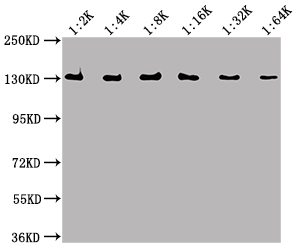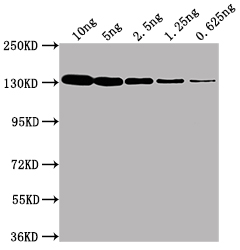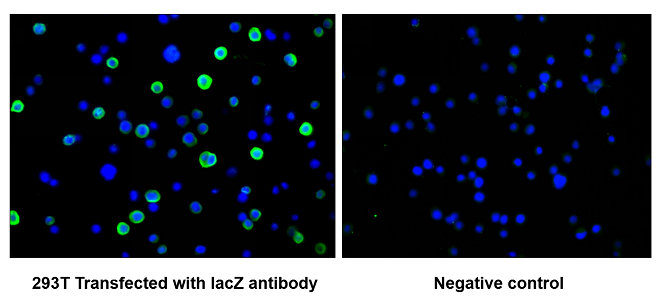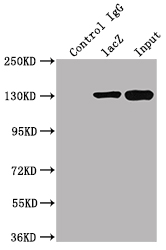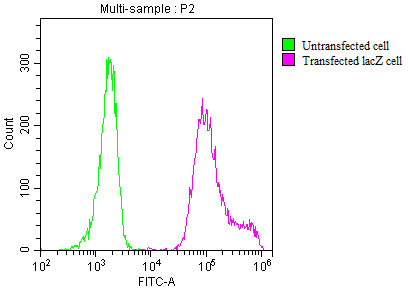The production process of this lacZ monoclonal antibody involves immunizing mice with the recombinant Escherichia coli Beta-galactosidase protein (2-1024aa), followed by isolation splenocytes from immunized mice and fusion of splenocytes with myeloma cells to form hybridomas. The selected lacZ antibody-secreting hybridomas were cultured to harvest large amounts of lacZ monoclonal antibodies. This lacZ monoclonal antibody was purified with protein G with a purity of above 95%. It can be used for the detection of Escherichia coli lacZ protein in ELISA, WB, IF, IP, and FC applications.
lacZ protein is a β-galactosidase enzyme that hydrolyzes the glycosidic bond between a galactose and a glucose or galactose. Its main function is to break down lactose into glucose and galactose, which can then be utilized by the cell for energy production. Additionally, the lacZ protein is often used as a reporter gene in molecular biology experiments to detect the expression of genes of interest.

